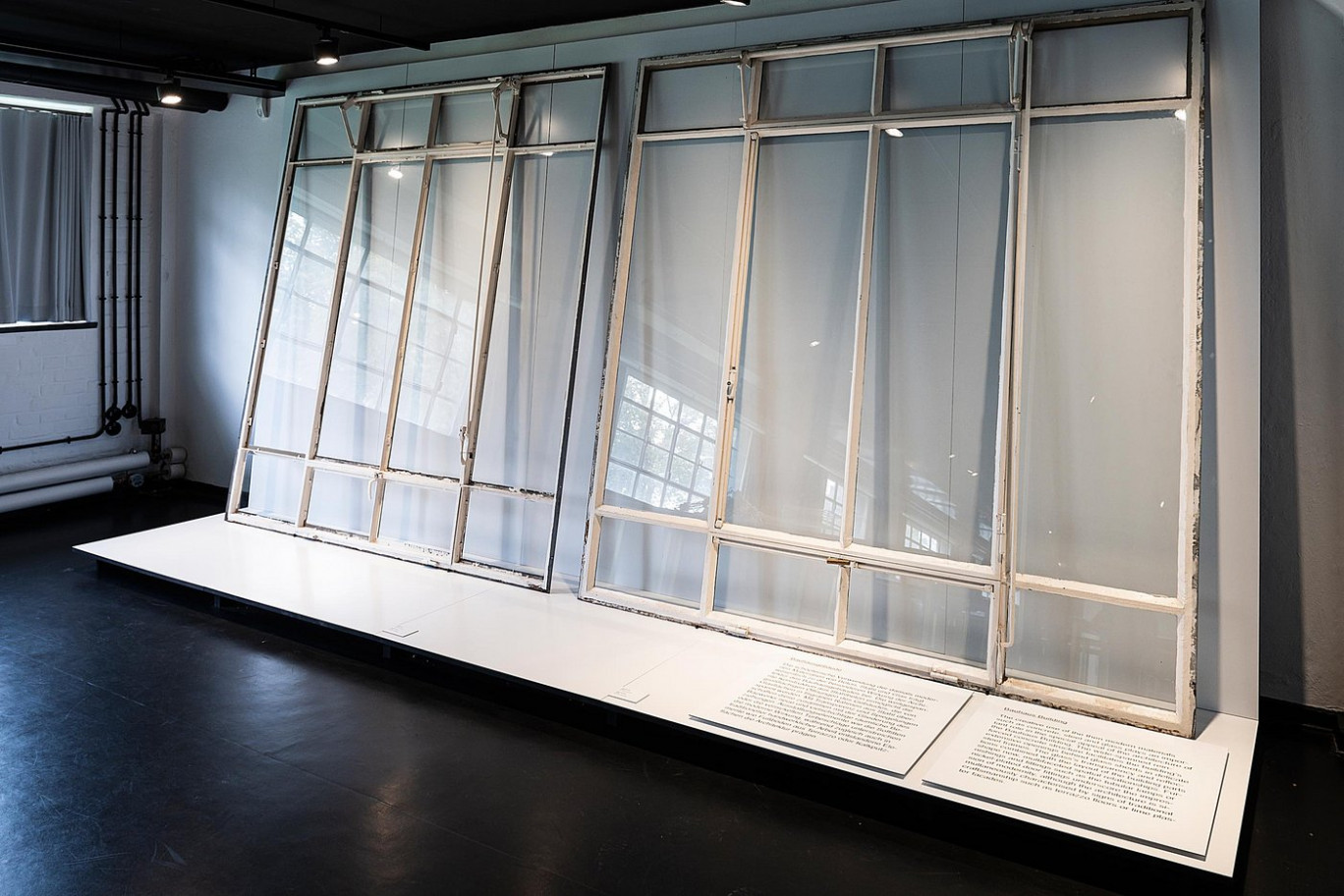Archaeology of Modernism
Meters and meters of lined-up windows. Windows with window crosses, narrow ones, wide ones, some with wooden and others with metal frames, some in a good condition and many, whose age of 100 years is clearly recognizable. They stem from the Bauhaus Building, from the Masters’ Houses and the House Anton in Dessau-Törten. Inventory slips are attached to each of them, informing about their origin, age and place of discovery. The actual, the material treasures of the Bauhaus are stored in the building research archive. The building research archive has the task to preserve and investigate them.
Whether door handles and bath tubs or colour samples and concrete fragments, the scientists in the building research archive of the Bauhaus Dessau Foundation collect and investigate building components and materials of the architecture of Modernism. A worldwide unique collection of original testimonies that have been almost unknown by now. The exhibition Archaeology of Modernism. Building Research Bauhaus Buildings Dessau in the Bauhaus Building presents a selection from the building research archive and demonstrates the interaction of material and the architecture of Modernism by presenting building components and building materials, drawing and contemporary records.
The Bauhaus buildings in Dessau are prototypes – also in view of building materials. In particular steel, glass and concrete opened new options for the Bauhäuser. Walter Gropius wrote, “just these new building materials – iron, concrete, glass – allow to erect large-spanned, light-flooded rooms and buildings because of their strength and molecular density at greatest savings…”. These new opportunities were practically tested in the Bauhaus buildings.
Over the past decades, much knowledge about the once modern, however meanwhile historical materials has been lost. Many materials proved to be useful and prevailed, some of them not. They were just replaced in later refurbishment activities, apparently unimportant items, e.g. electrical lines and floor covers, were disposed of. But they find their place in the building research archive. They are secured, investigated and again and again studied to answer still pending questions of the architecture of Modernism.
